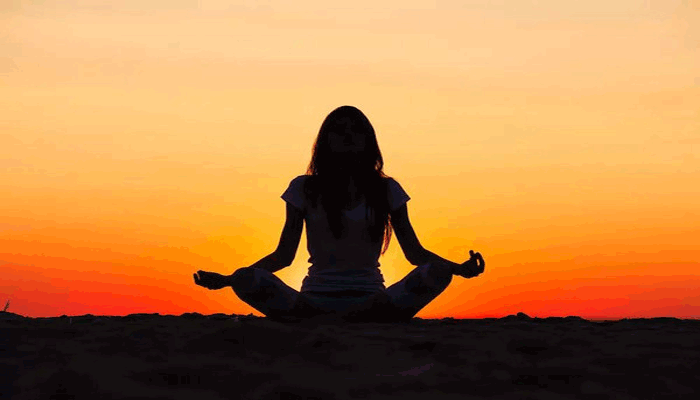
Yoga and meditation may do more than just help you feel relaxed in the moment. Meditation is an approach to training the mind, similar to the way that fitness is an approach to training the body. But many meditation techniques exist
Here is a complete outlook on meditation. Our aim to help the beginners on meditation, to start it scientifically and professionally.
“In Buddhist tradition, the word ‘meditation’ is equivalent to a word like ‘sports’. It’s a family of activities, not a single thing, And different meditation practices require different mental skills.
Concentration Meditation
Concentration meditation is mainly about focusing on a single point. This helps your always wandering mind and thoughts to settle down in a single place.
Focus on a single point. This could entail following the breath, repeating a single word or mantra, staring at a candle flame, listening to a repetitive gong, or counting beads on a mala. Since focusing the mind is challenging, a beginner might meditate for only a few minutes and then work up to longer durations.
In this form of meditation, you simply refocus your awareness on the chosen object of attention each time you notice your mind wandering.
Rather than pursuing random thoughts, you simply let them go. Through this process, your ability to concentrate improves.
Mindful Meditation
This encourages the practitioner to observe wandering thoughts as they drift through the mind.
The intention is not to get involved with the thoughts or to judge them. Simply to be aware of each mental note as it arises.
Through mindfulness meditation, you can see how your thoughts and feelings tend to move in particular patterns. Over time, you can become more aware of the human tendency to quickly judge an experience as good or bad, pleasant or unpleasant. With practice, an inner balance develops.
Other Meditation Techniques
There are various other meditation techniques. For example, a daily meditation practice among Buddhist monks focuses directly on the cultivation of compassion.This involves envisioning negative events and recasting them in a positive light by transforming them through compassion. There are also moving meditation techniques, such as tai chi, qigong, and walking meditation.
Benefits of Meditation
If relaxation is not the goal of meditation, it is often a result.
Following are the benefits of meditation even if it is for short-term
- Lower blood pressure
- Improved blood circulation
- Lower heart rate
- Less perspiration
- Slower respiratory rate
- Less anxiety
- Lower blood cortisol levels
- More feelings of well-being
- Less stress
- Deeper relaxation
In Buddhist philosophy, the ultimate benefit of meditation is the liberation of the mind from attachment to things it cannot control, such as external circumstances or strong internal emotions. The liberated or “enlightened” practitioner no longer needlessly follows desires or clings to experiences, but instead maintains a calm mind and sense of inner harmony.
HOW TO MEDITATE: MEDITATION FOR BEGINNERS
Here is an excellent introduction to meditation techniques.
- Sit or lie comfortably.
- Close your eyes.
- Make no effort to control the breath; simply breathe naturally.
- Focus your attention on the breath and on how the body moves with each inhalation and exhalation.
- Notice the movement of your body as you breathe.
- Observe your chest, shoulders, rib cage, and belly.
- Simply focus your attention on your breath without controlling its pace or intensity.
- If your mind wanders, return your focus back to your breath.
- Maintain this meditation practice for two to three minutes to start, and then try it for longer periods.

Post Your Comments